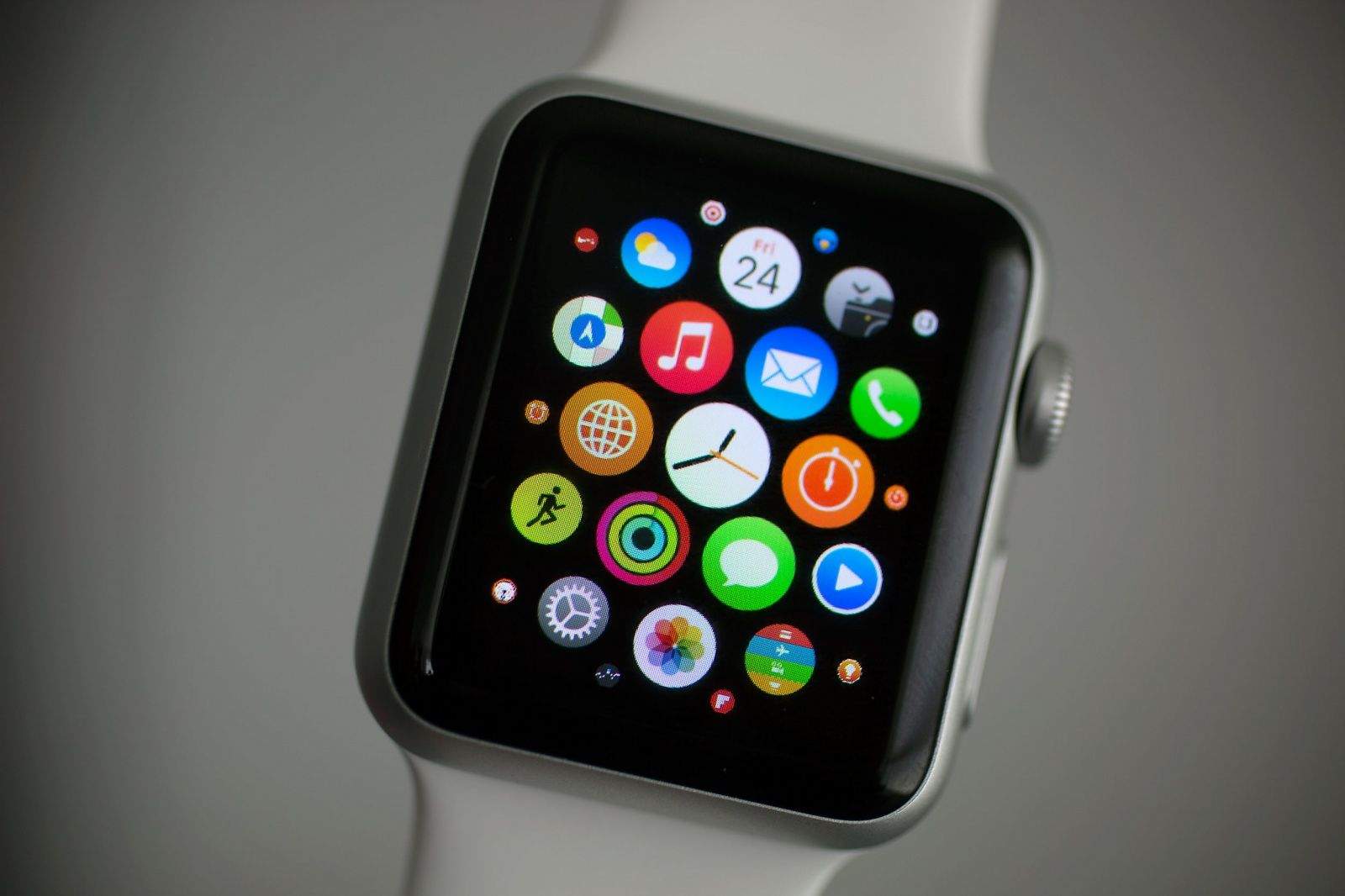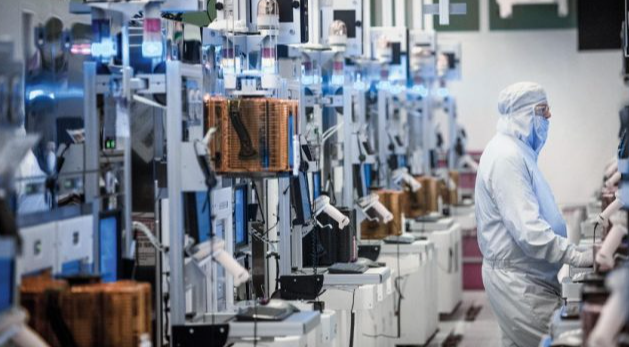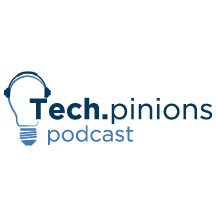There’s been a lot of excitement around the trajectory of PC sales in 2020. The pandemic clearly reinvigorated demand for PCs, and sales could have been even greater had the market not faced component shortages. Working from home, learning from home, and fighting boredom at home drove upgrades as well as new sales, expanding the overall userbase. Sales reached volumes we had not seen for almost 20 years.
Many were eager to point out that the rise of smartphones at PCs’ expense was rebalanced as consumers and enterprise users alike rediscovered the PC. I think a more realistic read of what 2020 brought to the PC market is that more time was spent on PCs at home than ever before. And this was rooted in the fact that everything was done more at home than ever before, and with that, more was also done digitally. If you’re looking at the time that a typical knowledge worker would have spent on the PC at the office, it probably didn’t change much. It just so happened those working hours on a PC were taking place at home. One trend that did change with everybody transitioning to online life was that with more time spent doing things online, sharing devices became much more difficult. This meant that, on average, household penetration grew, with many seeing a one on one PC to human ratio.
As we look forward, of course, the big question that PC vendors are asking is what happens to this base when we return to a more predictable life pattern that involves activities outside the home. I purposely don’t want to call it the new normal or back to normal, mostly because I hope that what we will go forward rather than back both in working and school embracing a richer, more equitable digital transformation. Everybody is trying to predict how this new base is going to behave going forward. Yet, for the chip vendors, Microsoft, and every PC brand in the market, the focus should be on keeping these users engaged with that PC they might have bought in 2020. Only continued engagement will move that 2020 sale to a 2025 upgrade. Focusing on an upgrade is certainly better for the industry than focusing on a sale.
The state of the consumer PC market pre-pandemic was characterized by a large number of users that had what I would call “an emergency PC”. Most of their computing needs were taken care of by smartphones mostly, but they would use a PC for those tasks that required a larger screen, a keyboard, and maybe some applications that just did not run on mobile. That emergency PC did not drive any emotional attachment or a strong need for an upgrade. Even when a user would consider an upgrade, the budget they would allocate was limited because the PC’s value was seen as limited, except for gaming. 2020 changed that. 2020 emphasizes quality computing experiences, from video calling to connectivity to brighter and larger screens. Consumers realized the need for a better PC experience, and with that realization came the willingness to invest more in their purchase. This is great news for the industry, regardless of where overall sales end up as average selling prices had been falling outside of the premium segment for quite some time.
So what now?
If most of us transition back to a more smartphone-first computing experience, where does that leave the brand-new PC we bought over the past year? Will PC life cycles return to a pre-pandemic average, or will they shorten? I would argue that a few things have changed in favor of shorter life cycles and continued engagement on a PC. I would also argue that every vendor in the PC ecosystem has his work cut out to continue to show the value by focusing on strengthening the app ecosystem, continuing to drive designs that highlight the overarching experience rather than individual features, and finally showcasing what can be done with these new PCs.
What are the factors that I think play in the PC favor?
First of all, that our digital life has grown. Whether you’re thinking about gaming, or entertainment, or online shopping and telehealth, we have been doing a lot more through a screen, and some of these experiences have been better or more convenient than doing them in person. While some of this time will return in person, I firmly believe the overall time spent online will remain higher than before the pandemic and the kind of activities we will be done using a PC will be more engaging than in the past.
When it comes to business, there are two factors positively impacting demand. First is the recent awakening of many organizations on the importance of driving employee engagement and satisfaction through the tools, hardware, and software provided to get the job done. While I do not expect every employee to benefit from this newfound awareness, I anticipate knowledge workers and first-line workers will. The second factor is the continued increase in security threats and the high risk associated with that. This, coupled with a higher number of remote workers, will get organizations to broaden their portfolio of enterprise liable devices to adequately cater to their users.
Aside from returning to increased mobility, what plays against PC demand are two main factors: continued supply chain constraint and limited budgets. The supply chain will likely return to normal by the second half of the year, vaccine rollouts and Covid variants permitting. Spend will vary depending on the markets. There is more clarity in mature markets, where especially on the commercial side, organizations might shift some spent from other budgets such as travel to ensure every employee is taken care of. What is certain is that the pandemic caught many businesses unprepared, and this is not something they want to repeat. On the consumer market, it might be time for some out-of-the-box thinking when it comes to financing and other incentives that work so well in the smartphone market.
Some bullish forecasts see 2021 PC volumes above 350 million units. While that might be possible from a production perspective, I would expect some inventory replenishment will occur, leaving sell out to be flat to only slightly up 2020 volumes.









